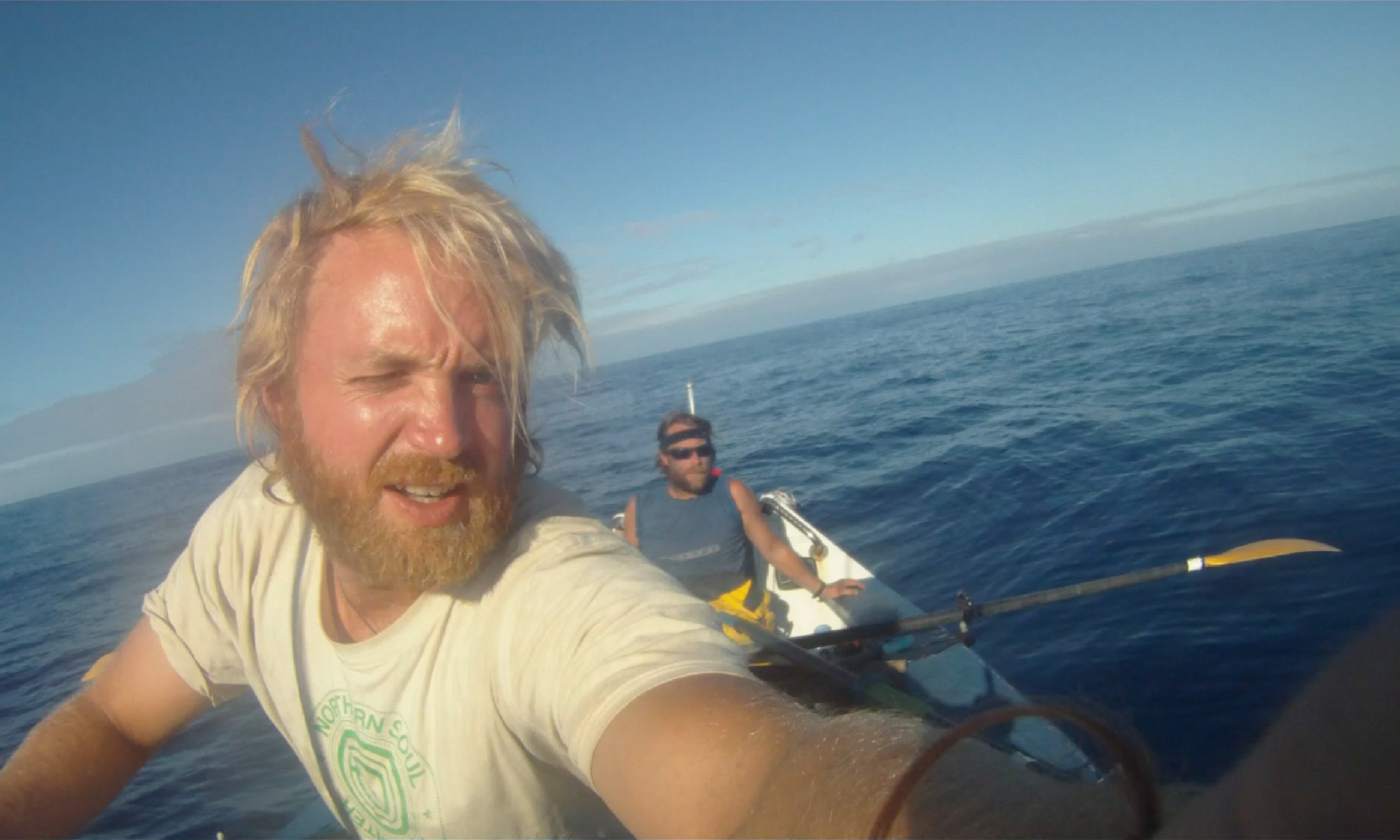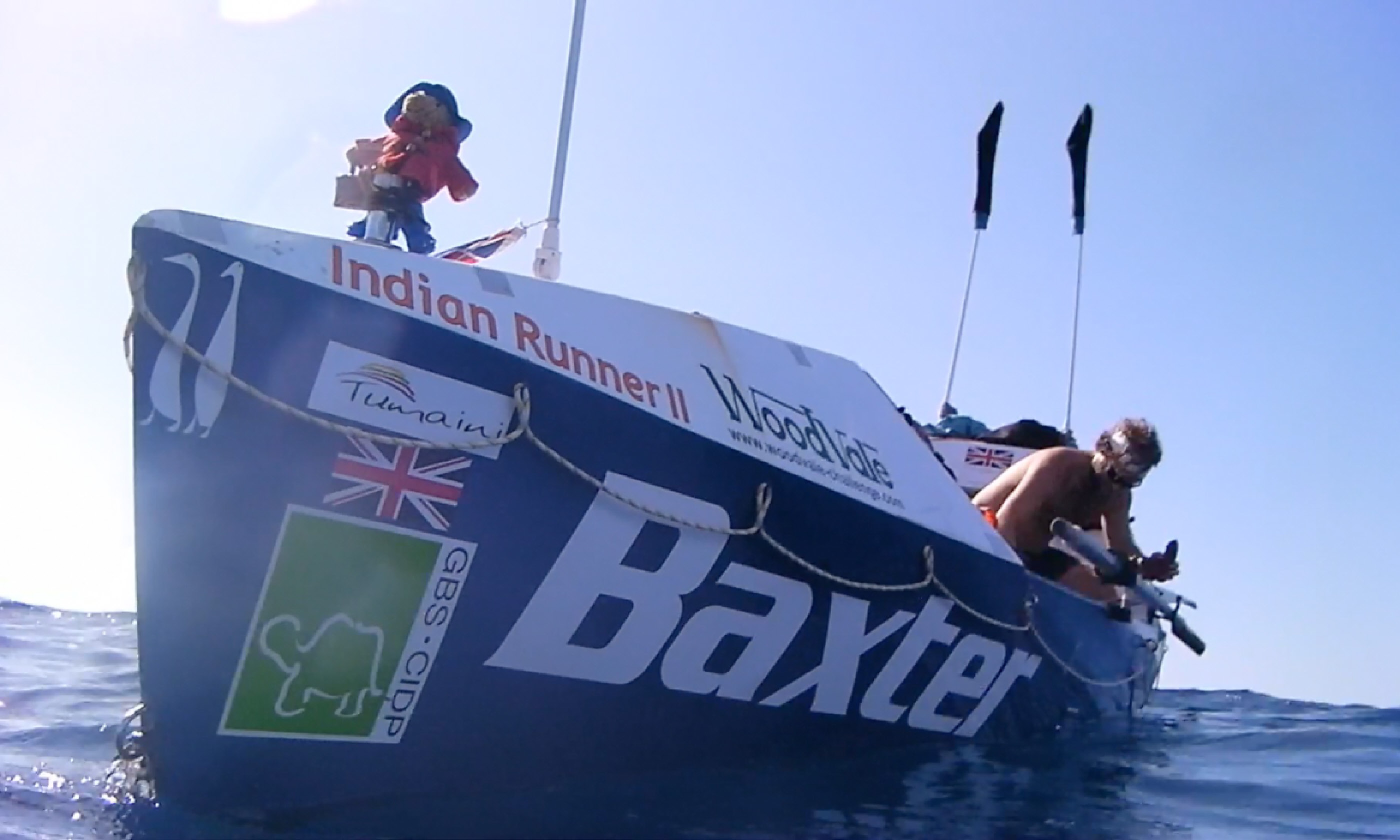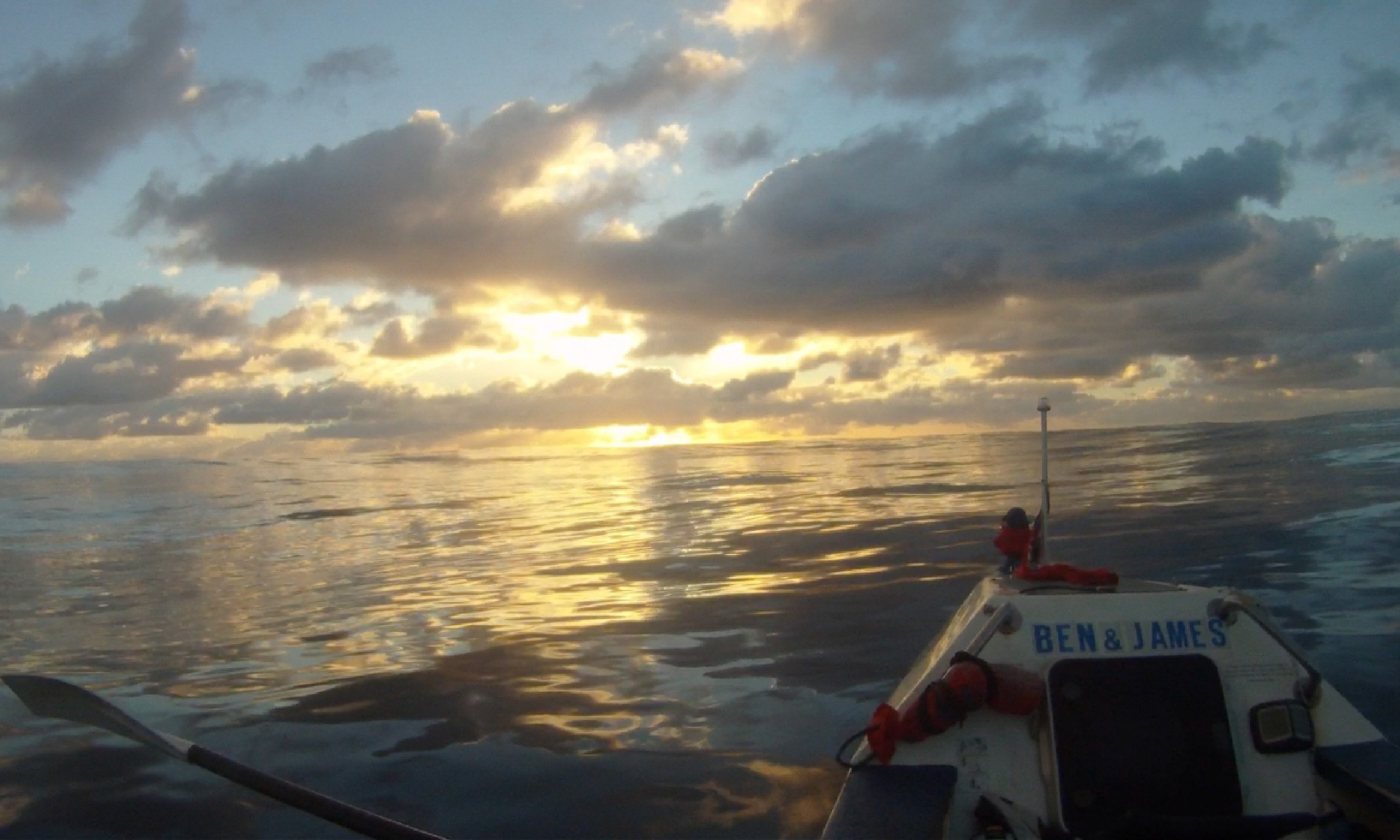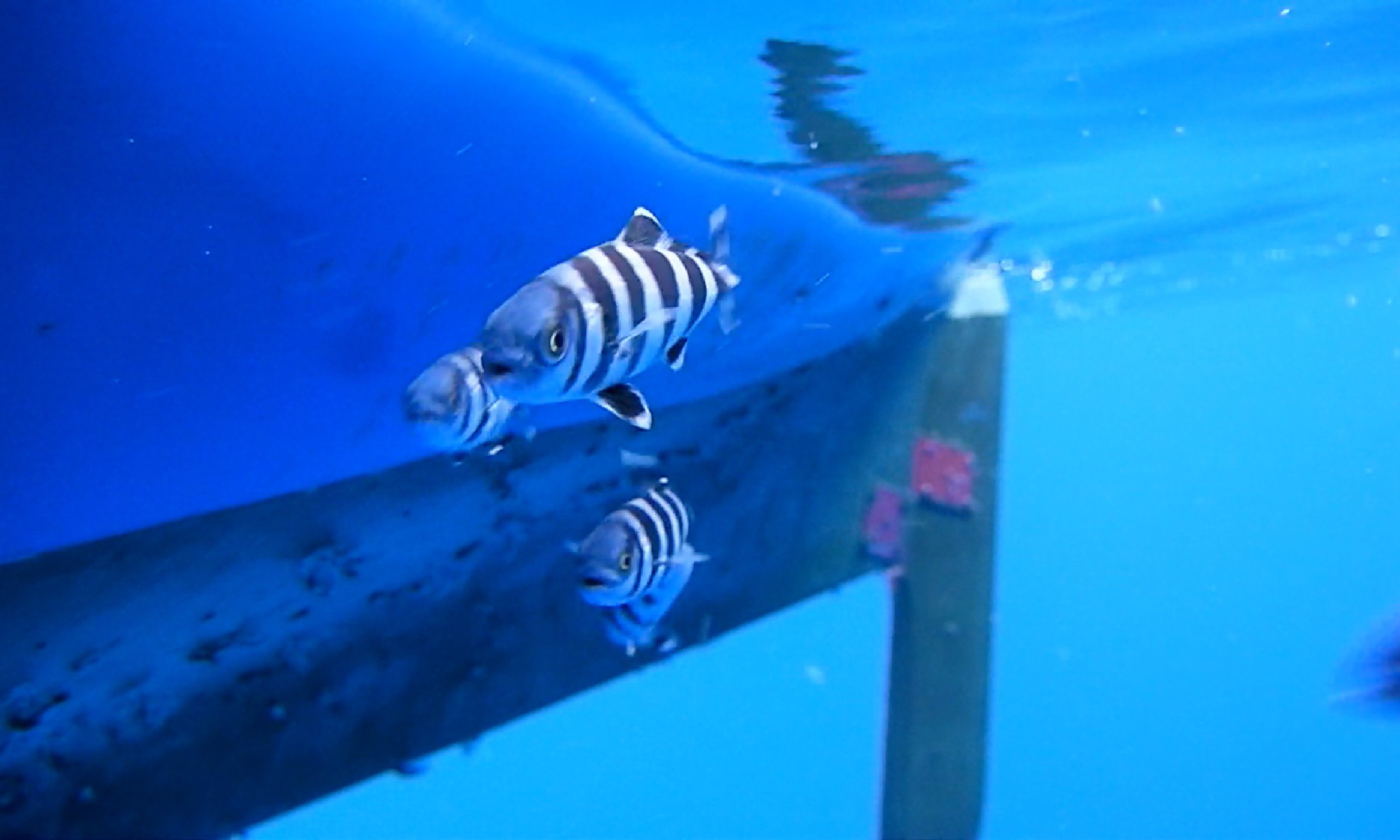
How to row 3,500 miles across the Indian Ocean
James Adair and Ben Stenning rowed from Australia to Mauritius: 3,500 miles across the Indian Ocean. James explains how they made their big trip dream a reality – and created a film of their adventures too...
How on earth did this harebrained idea start?
Ben Stenning and I were sharing a poky flat in London and commuting to jobs we didn't particularly enjoy and we were constantly talking about the adventures we should be having. Then one day we ready about a guy who had rowed the Pacific and we asked ourselves if we could try something similar. Having decided we were completely unqualified, we decided we had to give it a go. We rowed 3,500 miles across the Indian Ocean, starting in Western Australia and finishing in Mauritius.

Did you have any safety backup?
We didn't have any support boat following us, but we did have a satellite phone to communicate with a weather router in the UK and to co-ordinate a rescue with a passing vessel if needed, plus we also had lifejackets, life raft and other safety equipment.
Was the solitude thrilling or terrifying?
Perhaps strangely, we enjoyed it. We knew it wouldn't last but for four months it was nice to be away from the constant communication and interaction of the modern world.
How would you describe the feeling when you're out in the middle of the ocean, without another boat or land in sight?
We quickly fell into a routine where we took it in turns to row, three hours on/off in the day and two hours on/off at night. One of the things about this routine was that we suddenly found half of our day was spent awake at night, which was odd but when the weather was good it was fantastic since there was no light pollution to interfere with the milky way, shooting stars, phosphorescence in the water and all of the other wonders of the night sky and sea.
When the weather was bad however, the nights were a nightmare, something akin to sitting in the pitch black on a broken rowing machine with buckets of salt water being thrown in your face every ten minutes.
Certainly the isolation was exhilarating; the thought that we were over a thousand miles from land was exciting, as was being alone with nature and the ever-changing sea. We had a lot of exciting encounters with wildlife and the occasional ship.
 We heard you capsized and had to swim for your lives... What happened?!
We heard you capsized and had to swim for your lives... What happened?!
Due to the unique conditions, on the last day of the trip we had to row through a small gap in the reefs off the east coast of Mauritius. The weather was picking up, it was getting dark, and we were capsized by a wave. We got back in the boat and set off some emergency flares (Ben managed to shoot me in the leg with one), but we were capsized by another wave.
We tried to swim for the gap in the reef, but we didn't make it – and after a few hours we were washed onto the reef. That made for a painful crawl as we tried to get over it! But eventually we were rescued by some local French Mauritians who re-united us with our loved ones.
What advice do you have for other people who are planning a long-distance rowing trip?
However much chocolate you think you can eat in a day, treble it and that's half a day's ration. The main things to think about are food, bum cushioning, music and food again. My rowing partner Ben was of the opinion that you can 'over-prepare' for ocean rows, so for much of the time he was very hungry and had a very sore bottom.
Who or what inspires you during your adventures, and keeps you going when times get tough?
It's probably not very healthy, but pride and fear of failure were huge motivations to keep going no matter how bad things got.
 When you returned home, you made the film And Then We Swam, using footage from your rowing adventures – how did capturing everything on film affect your trip? Did you feel pressure to make things extra dramatic?
When you returned home, you made the film And Then We Swam, using footage from your rowing adventures – how did capturing everything on film affect your trip? Did you feel pressure to make things extra dramatic?
We treated the filming more as a fun distraction – it was like making a holiday film, as most of the time we were just messing around. It was frustrating when we missed shots, though; we were followed by a dorado fish which jumped out of the water every 10 minutes, but we kept on missing the moment. We finally caught it on camera after 3 months!
What's next for you both?
A lethal and hugely expensive combination of jobs and babies is our current undertaking. If we can make it through that in one piece then we're talking about attempting the Pacific in 2020...
You can watch And Then We Swam at the Ocean Film Tour – the European festival of sea-faring adventure films. The tour includes UK, Germany, Austria, France and more – see if it's heading to your city soon... James's book Rowing After the White Whale is published by Polygon, and out now.
All images: James Adair / Ben Stenning



